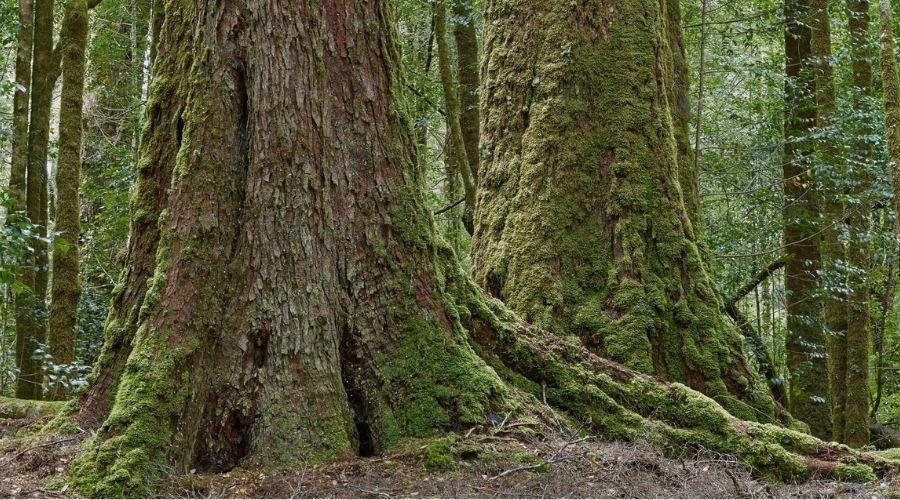News - 15 February 2022
International Spotlight Shines on lutruwita/Tasmania’s “Globally Significant” Forests

- International Union for the Conservation of Nature (IUCN) publishes Case Study on why Tasmania’s “globally unique” forests are threatened and require protection
- IUCN highlights ongoing threat of unsustainable industrial logging to Tasmania’s forests
- Tasmanian Case Study one of 11 that includes Brazil, Congo and Indonesia
The Wilderness Society has welcomed the publication of an international study of the world’s high conservation value, high carbon stock forests that includes lutruwita/Tasmania.
“The IUCN case study highlights how and why lutruwita/Tasmania’s forests are rich, beautiful, globally significant and threatened by ongoing deforestation,” said Tom Allen for the Wilderness Society Tasmania.
“The study also explains why Tasmania’s forests are unique, including because a much higher proportion of the state is forested, something that has been destroyed and degraded in most other temperate locations, as well as these forests’ Gondwanan heritage.
“It also makes clear that 667,490ha of lutruwita/Tasmania’s primary/old-growth forests require urgent protection and are currently suffering from ongoing deforestation.
“The native forest industry’s current unplanned, unmanaged and market-forced transition requires government support, including a just transition for forestry workers. These forests need urgent protection for the peerless ecosystem services they provide for climate change mitigation and biodiversity habitat provision. This IUCN study restates their High Conservation Values,” said Mr Allen.
The Tasmanian case study identifies the following:
Of Tasmania’s mainland area of 64,519km2, 35,076km2 is forest, which is a much higher proportion of forest cover than most other temperate regions of the world
Several factors, including “strong affinities with other Gondwanan relictual vegetation” make these forests “globally significant”
Approximately 667,490ha of lutruwita/Tasmania’s primary/old-growth forests are currently unprotected, meaning they are outside the state’s system of nature reserves
The main threat to these unprotected primary/old-growth forests continues to be deforestation driven by unsustainable industrial logging
Ongoing deforestation destroys critical habitat for Tasmania’s wildlife, particularly when old-growth forests are replaced by short-rotation tree crops
Primary Forest Case Study: Temperate Tasmania, IUCN, December 2021
Contact: Tom Allen, 0434 614 323